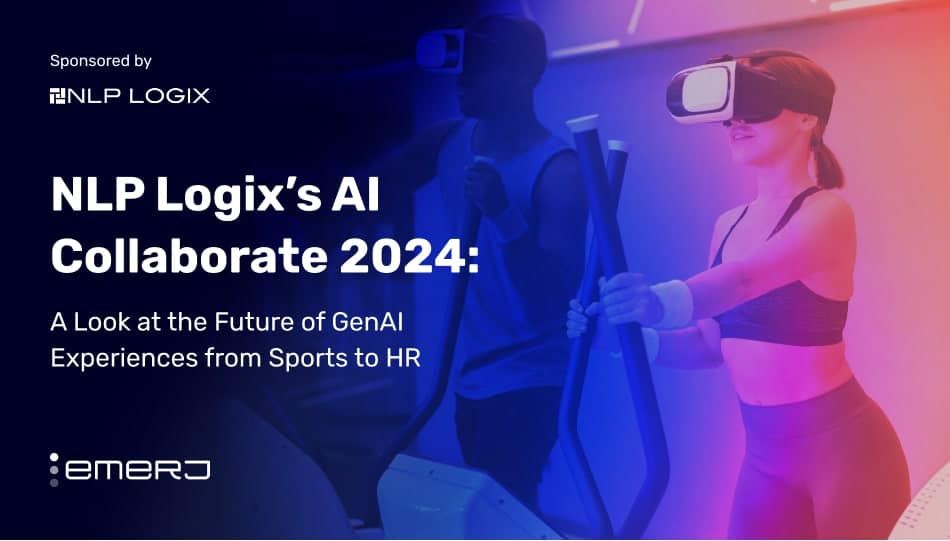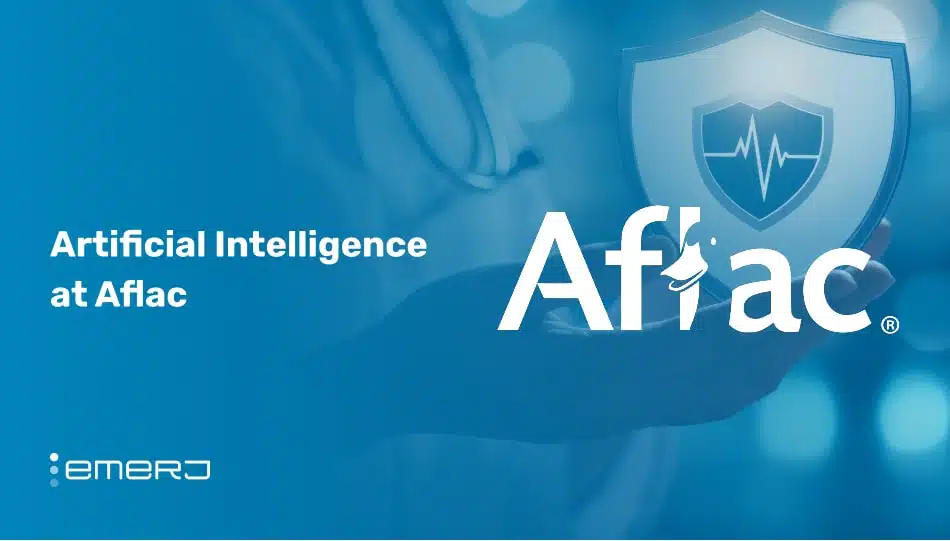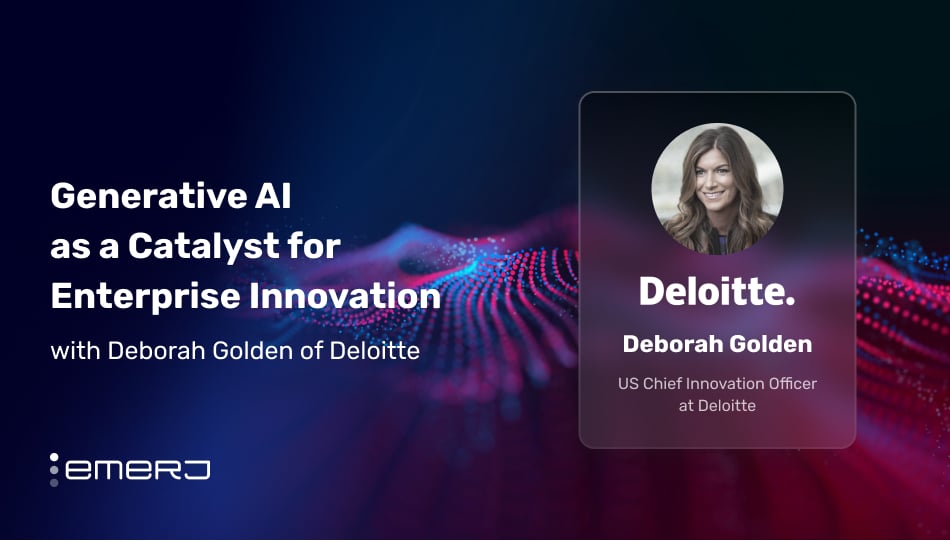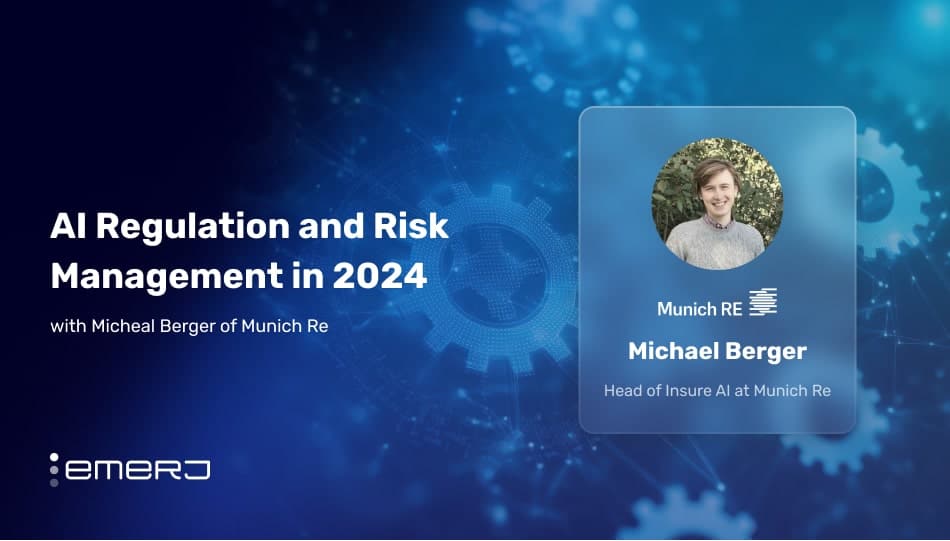What to do when your clients want to cut costs?
Help them cut costs, and be part of a bigger vision beyond cost-cutting.
The coronavirus hasn't been friendly to most consultants and professional services leaders - as enterprises clamp down on spending. It's hard to make strong predictions about what the coming months and years will bring - and the only certainty most companies have is the need to conserve capital.
While there might be less money circulating in the economy, there are new sets of technology and strategy priorities emerging (a topic we've covered in our previous Emerj Plus articl...
[mrj_paywall] unauthorized access














